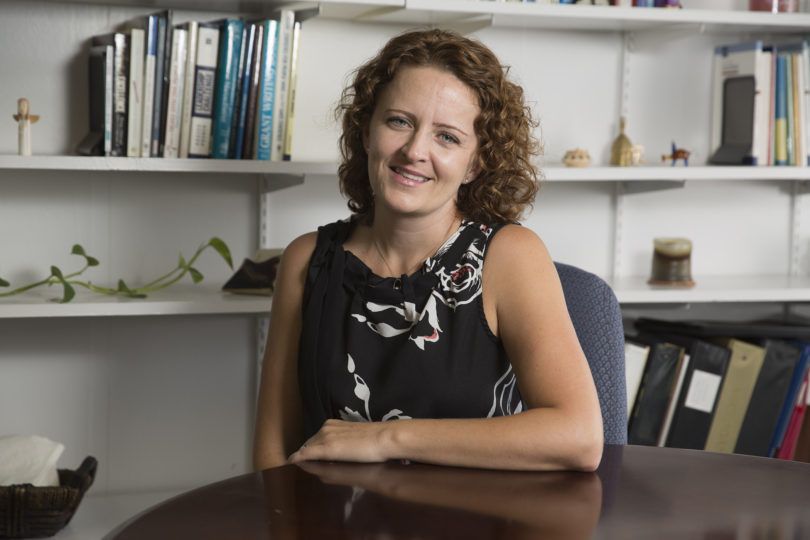What makes a nonprofit organization successful?
According to Kristina Jaskyte, the ability to continuously innovate is very important. Exactly how organizations innovate, however, isn’t clear.
“I’ve been researching innovation and creativity in nonprofits for 14 years, and I am still trying to put the ‘What makes nonprofits innovative’ puzzle together,” said Jaskyte, an associate professor in the School of Social Work.
Jaskyte looks at ways that nonprofits successfully manage continuous innovation. Lately she has been focusing on how foundations and boards of directors affect a nonprofit’s ability to respond effectively to change.
“An organization is innovative when it anticipates problems as well as new uses of technology and puts mitigation or adaptive strategies in place,” she said.
Increasingly, foundations are supporting projects that require new approaches to address a problem or need. For nonprofits that are averse to risk, that appears to be a good thing.
“After spending years looking at the inside workings of these (nonprofit) organizations, I am starting to wonder whether the only way-or major way-to force nonprofits to innovate is to allow them to come up with innovative solutions to receive funding,” she said.
An organization’s board of directors also can foster or inhibit innovation, and what works varies with the prevailing national culture, she said. In the U.S. for instance, many successful boards encourage participation in decision-making as a way to find the best solution to a problem. Other cultures, however, value avoiding group conflict, and this is reflected in boards that discourage open disagreement or criticism. Yet Jaskyte has found that both types of boards can oversee long-running, innovative nonprofits.
Preliminary data on a recent study the researcher conducted supports the importance of characteristics such as strong relationships between the board members, the board chair and the nonprofit’s executive director. Other factors also play roles, she said, but there’s not yet enough evidence to determine what factor or combination of factors supports a sustained level of innovation.
Jaskyte’s students also participate in research. A few years ago, she developed a program to improve a nonprofit work environment by encouraging creative approaches to problem-solving. Three students in her Innovations in Nonprofit Organizations class implemented the program in a local organization and found it to be “extremely effective,” said Jaskyte. They published their findings in the Nonprofit Management and Leadership Journal.
Since then, she has sought other opportunities to test the program, but so far only has been able to present short demonstration workshops at professional meetings.
“As shocking as it sounds, I have yet to find an organization that is interested in taking a very close look at itself and then go through a transformation process,” Jaskyte said.
Jaskyte was first drawn to studying innovation and creativity while addressing women’s issues with a large nonprofit in her native Lithuania in the early 1990s. Fresh from earning her master’s degree in social work in a country where the field was still new, she suddenly discovered an aspect of social work that fascinated her.
“I promised myself that if I ever got back to school, I would study innovations in nonprofit organizations,” she said.








